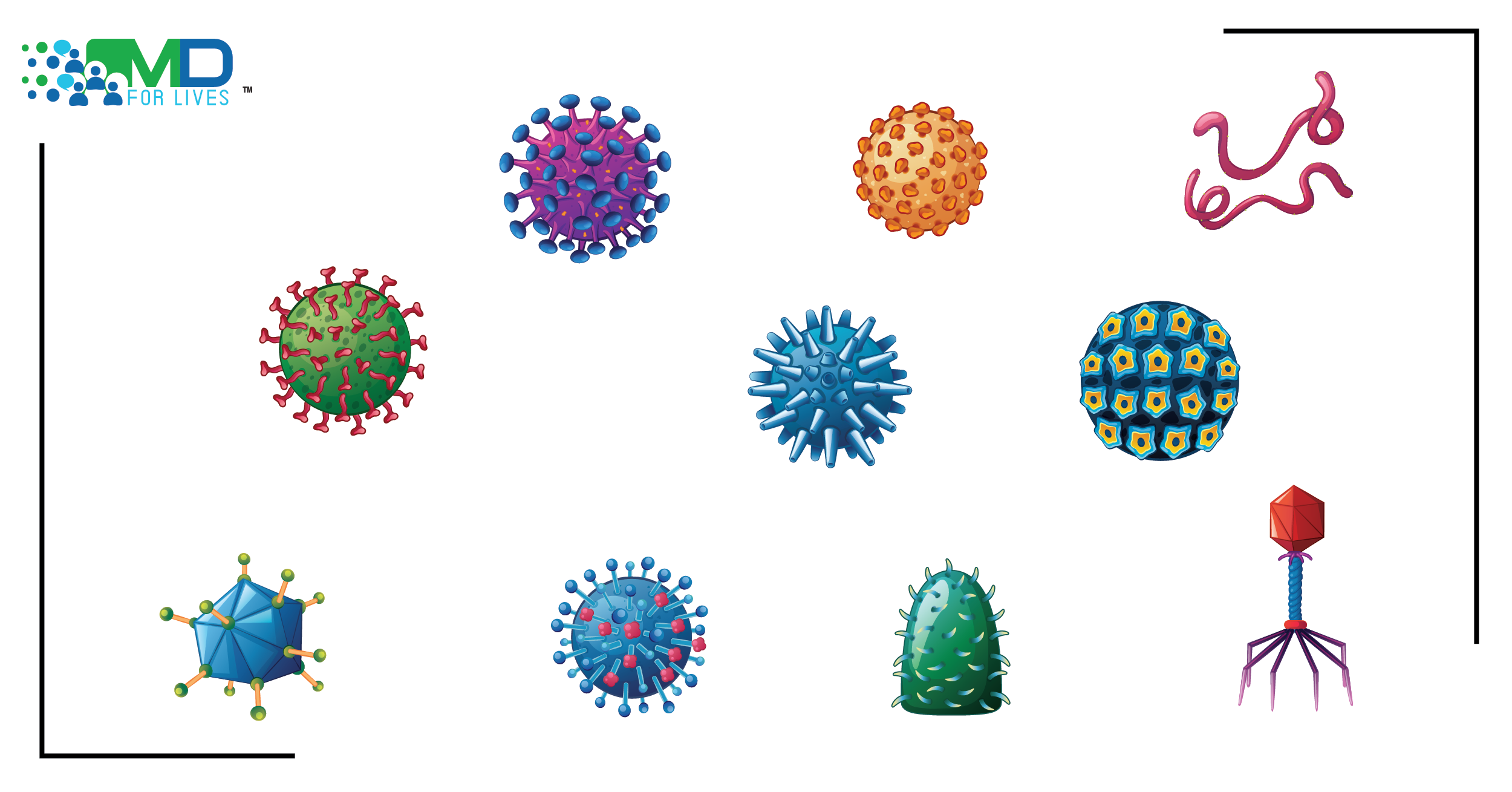Several years ago, a group of researchers at Lehigh University created a prediction model based on bat migration influenced by temperature to reliably anticipate Ebola Epidemic. Ebola is a dangerous and occasionally fatal infectious illness that is zoonotic or spreads from animals to people. The 2014 Ebola outbreak in West Africa, which claimed the lives of over 11,000 people, is commonly thought to have originated through human contact with bats. Rare and fatal, Ebola virus disease (EVD) affects both humans and nonhuman primates. EVD-causing viruses are primarily found in sub-Saharan Africa. Direct contact with an infected animal (such as a bat or nonhuman ape) or a sick or deceased person who has the Ebola virus can cause EVD in humans. This virus can cause fatal organ failure, severe hemorrhage, and severe bleeding.
Researchers have looked at how social and economic factors, such as education level and public awareness of Ebola, may influence “high-risk behaviors” that might expose people to possibly infected animals. Public health professionals may be able to effectively target preventative and education resources if they concentrate on geographic areas with high numbers of people at risk. The team has now looked at how social and economic variables, such as education level and general awareness of Ebola, may influence “high-risk behaviors” that might expose people to possibly infected animals. Public health professionals may be best served by concentrating preventive and education efforts in areas with high numbers of people at risk. It is possible to calibrate a model to predict, with a respectable level of accuracy, a person’s propensity to engage in high-risk behaviors, according to the findings of a survey that scientists created that combined the collection of social, demographic, and economic data with questions related to general knowledge of Ebola transmission and potentially high-risk behavior.
For instance, based on individual risk factors accurately identifying the location, Kailahun, where the 2014 Ebola epidemic is believed to have originated, the team’s data and analyses suggested Kambia in the north and Kailahun, a town in Eastern Sierra Leone, as the rural districts in the nation with the highest likelihood of infection spillover. Estimation of Ebola’s spillover infection exposure in Sierra Leone based on sociodemographic and economic parameters, a paper describing the findings, will soon be published in PLOS ONE.
Young people (ages 18 to 34) and adults (ages 34 to 50) were found to be the most at risk in the group they analyzed. 77% of the sample under investigation belonged to this category, although 86% of the respondents were in danger. Additionally, persons in agricultural occupations were among those most in danger: 50% of study participants work in the agricultural sector, yet 79% of participants are in danger. The likelihood that people may act in ways that expose them to Ebola spillover has been linked to social, economic, and demographic aspects. They calibrated a model that quantifies this association as well. The association between social, economic, and demographic variables and people’s inclination to act in ways that expose them to Ebola spillover has been established by experts. A prototype model that measures this association was also calibrated by them. These findings, according to the authors, highlight the necessity of a comprehensive strategy for any model attempting to correctly forecast disease outbreaks. Population health professionals may find their findings helpful as well since they may use these models to better allocate their limited resources. To capture the geographical and temporal changes of natural resources and the ensuing continent-wide migrations of diseased animal carriers, they merged satellite photos that depicted the evolution of enviro-climatic data with ecological models and random field models. In order to make the projections, they also investigated the social, economic, demographic, and behavioral traits of the human population.
Researchers are demonstrating that it is effective with this line of study since only this broad viewpoint and multidisciplinary approach can really capture these dynamics. In the end, their study’s findings are not particularly shocking: having more financial resources, better knowledge, and access to information are crucial for lowering health-related high-risk behaviors. In fact, a few of these factors have been linked to the so-called “health poverty trap.” The study and technique demonstrate how these parameters may be determined using quantitative analysis of individual data rather than aggregated data.
Researchers traveled to Sierra to gather data for their project, with funding from the National Institutes of Health, the Office of Creative Inquiry at Lehigh, and in association with the charity World Hope International. The team’s effectiveness in conducting their survey door-to-door depended heavily on the aid of two local interpreters.
Uganda has announced that there is an Ebola epidemic after a case was found in the country’s central Mubende region, September 2022
The very uncommon Sudan strain was discovered in a sample collected from a 24-year-old male, the UN World Health Organization (WHO) said on Tuesday. Uganda, which also saw an epidemic of the Zaire strain of the Ebola virus in 2019, is now home to the Sudan strain for the first time in more than 10 years. Six strange fatalities have occurred this month in the Mubende area, prompting the most recent epidemic. Additionally, eight suspected instances are being treated in a medical institution.
According to Dr. Matshidiso Moeti, regional director for Africa for the World Health Organization, the UN agency was collaborating closely with Ugandan authorities to identify the source and help efforts to manage the outbreak. According to a statement from the WHO, current Ebola vaccines have shown promise against the Zaire strain, but it is unclear if they will be as effective against the Sudan variant.
Humans and other primates can contract the severe, frequently deadly disease known as Ebola. It consists of six distinct strains, three of which—Bundibugyo, Sudan, and Zaire—have previously been responsible for significant epidemics. In previous outbreaks, the Sudan strain’s case fatality rate ranged from 41% to 100%. Early use of supportive care has been demonstrated to drastically lower Ebola fatalities. The organization has sent materials to help with medical care and is sending a customized tent that will be used to segregate patients as well. Although WHO reported that ring vaccination of high-risk individuals with the Ervebo (rVSV-ZEBOV) vaccine was very successful in halting the spread of Ebola in recent outbreaks in the DRC and elsewhere, this vaccine has only been certified to guard against the Zaire strain. Although it has not been particularly tested against the Sudan strain, another vaccination made by the pharmaceutical corporation Johnson & Johnson may be useful.

MDForLives is a vibrant community of healthcare professionals and patients dedicated to shaping the future of healthcare. We provide valuable global insights to healthcare companies through online surveys, interviews, and discussion forums.






